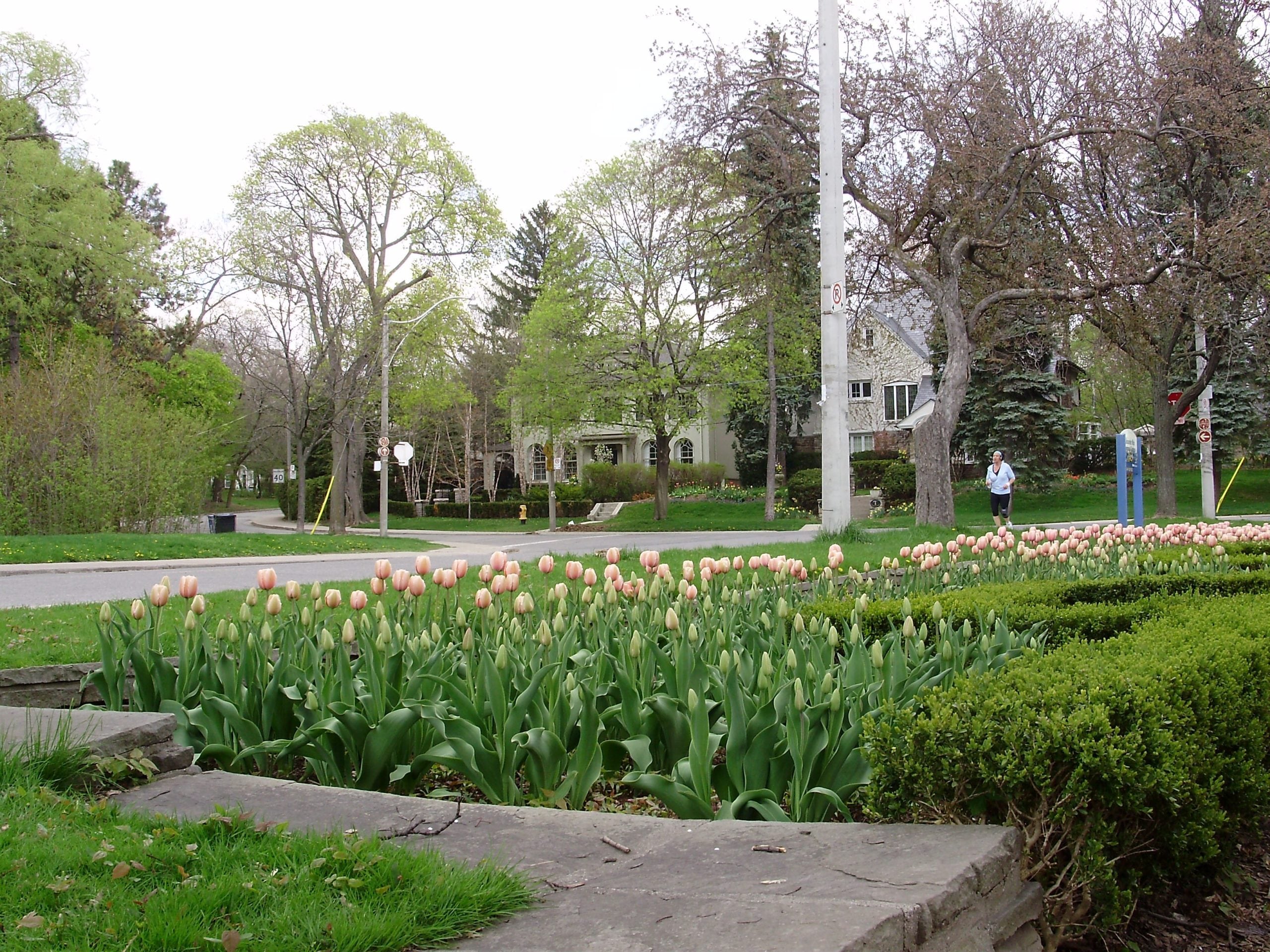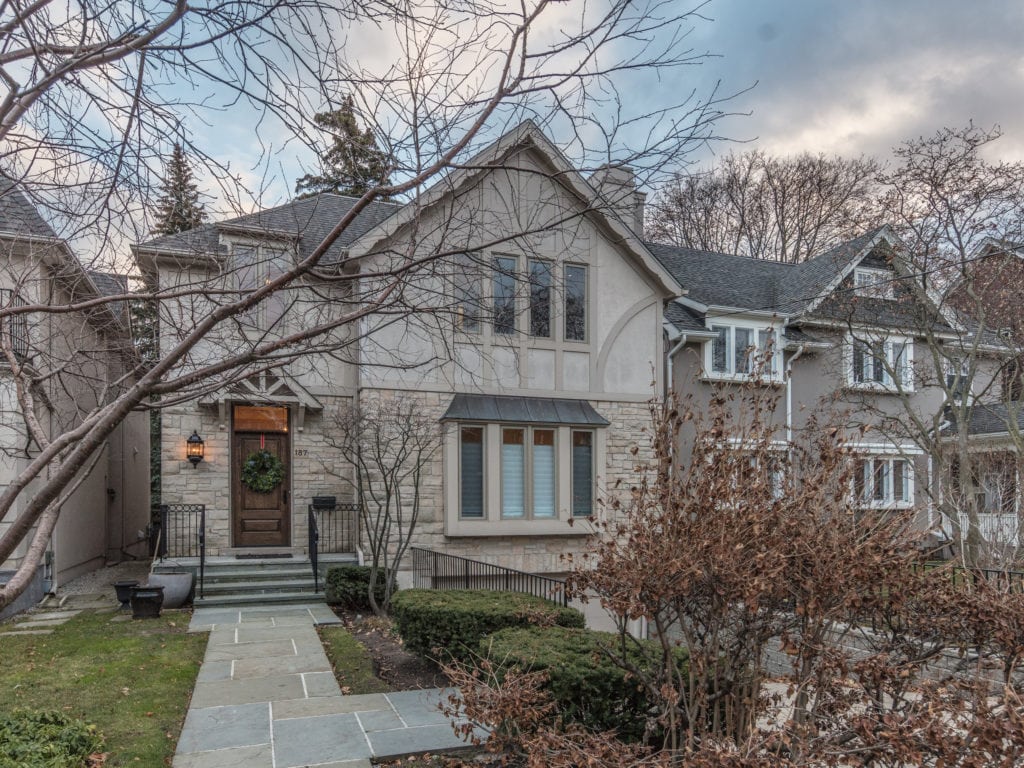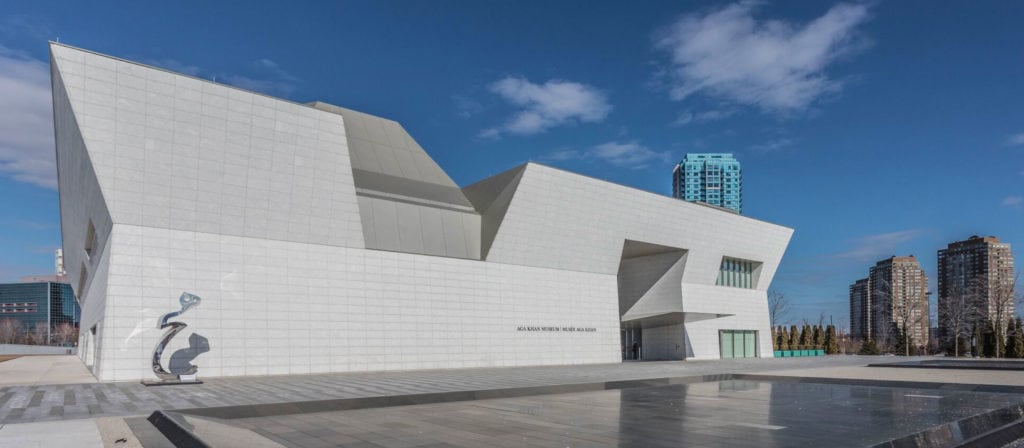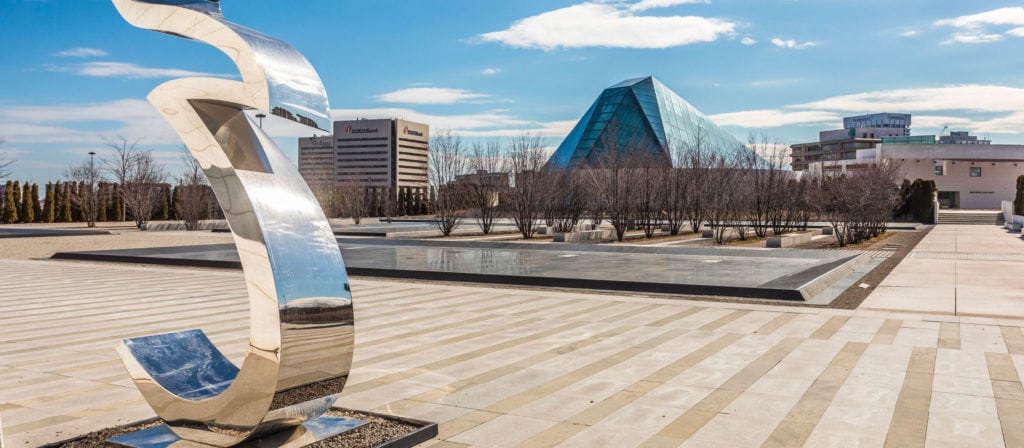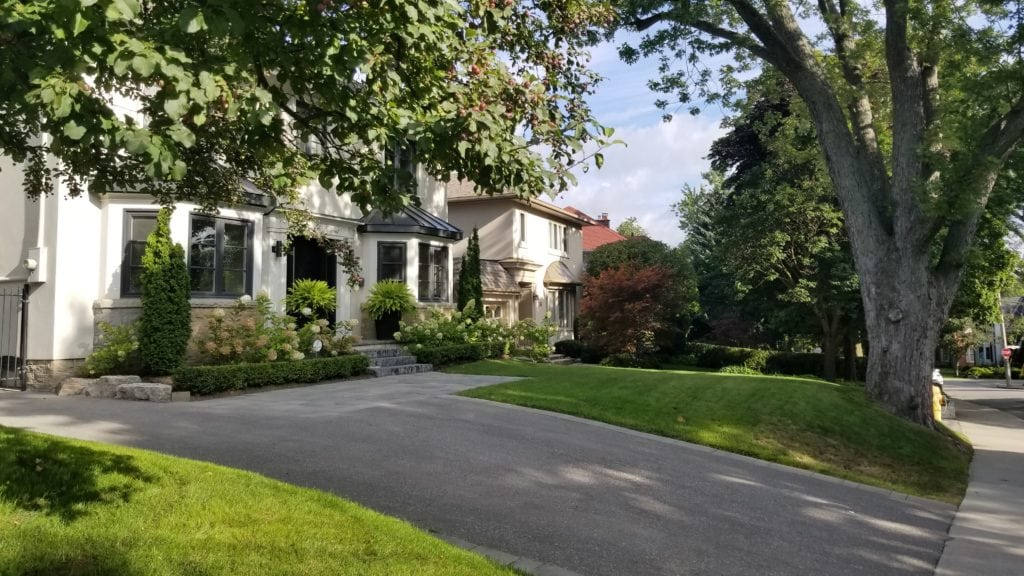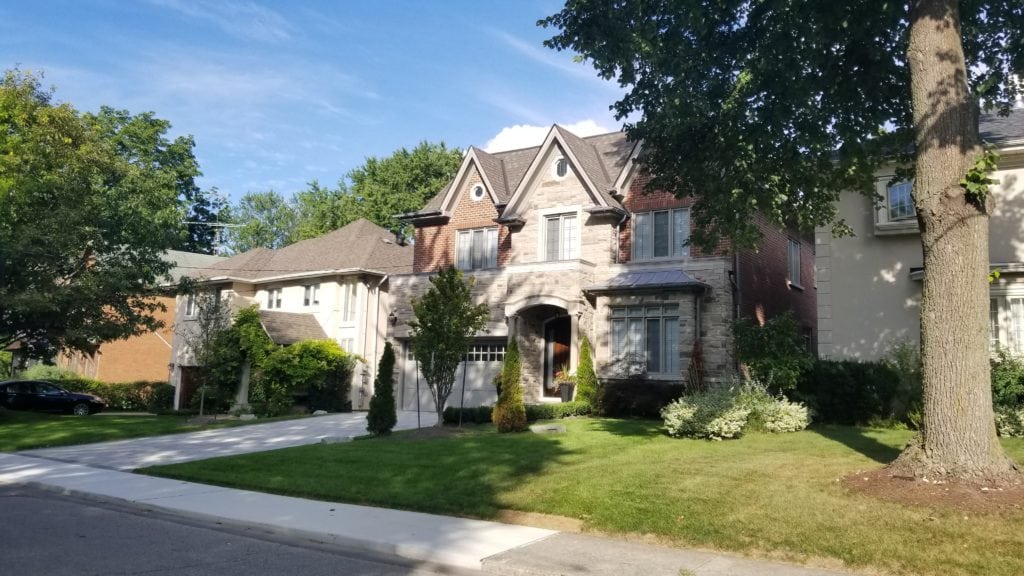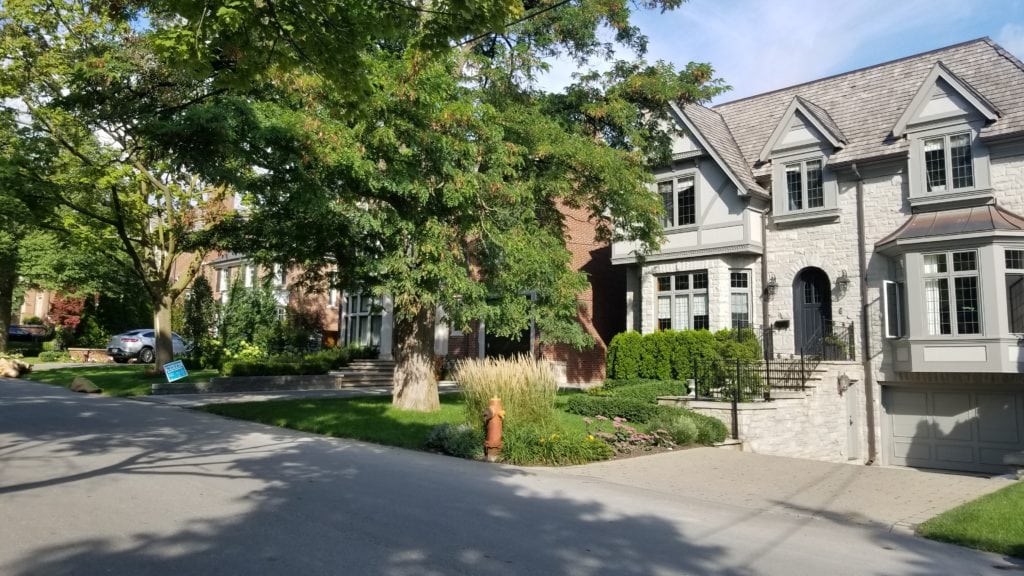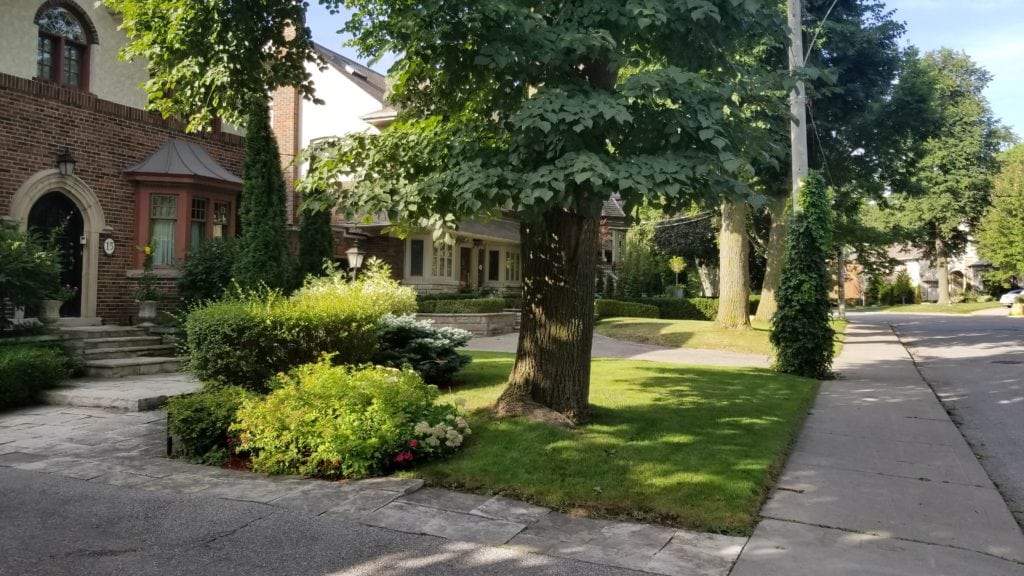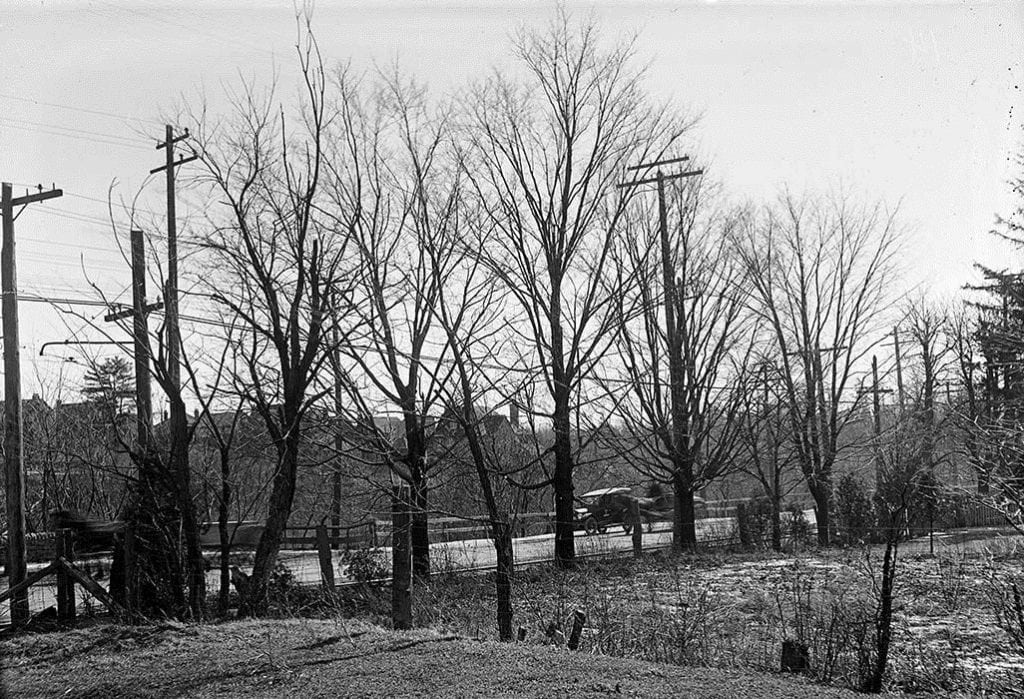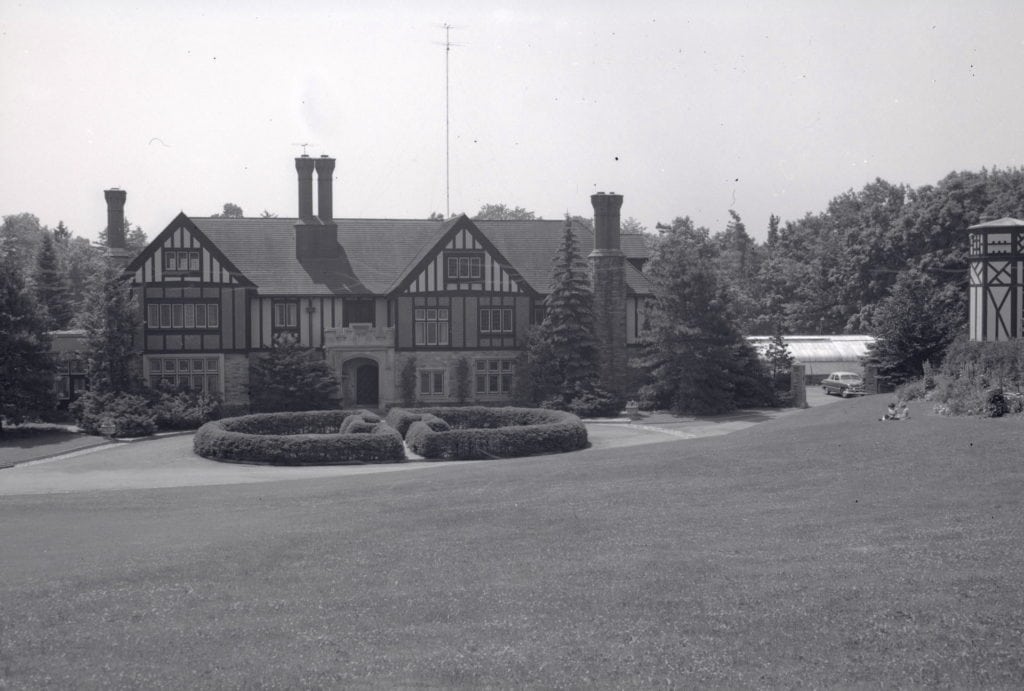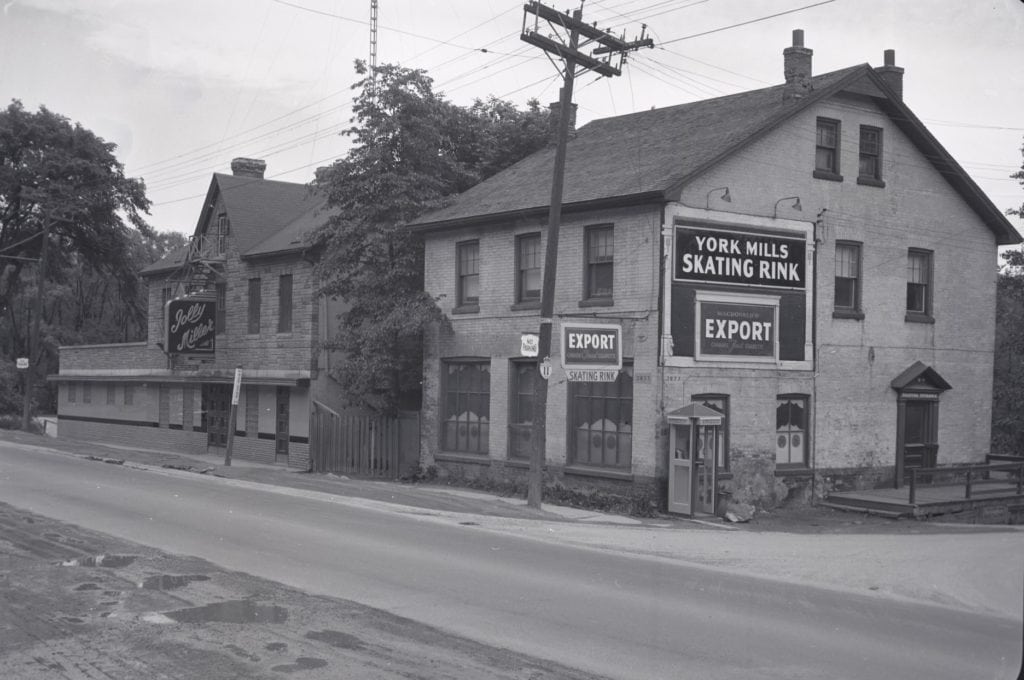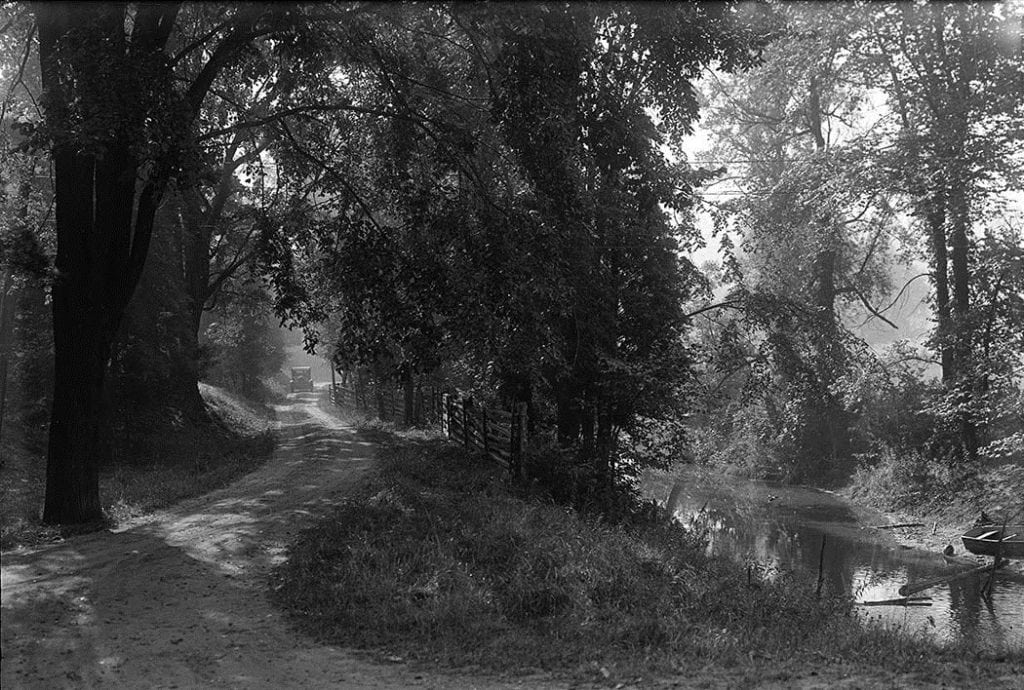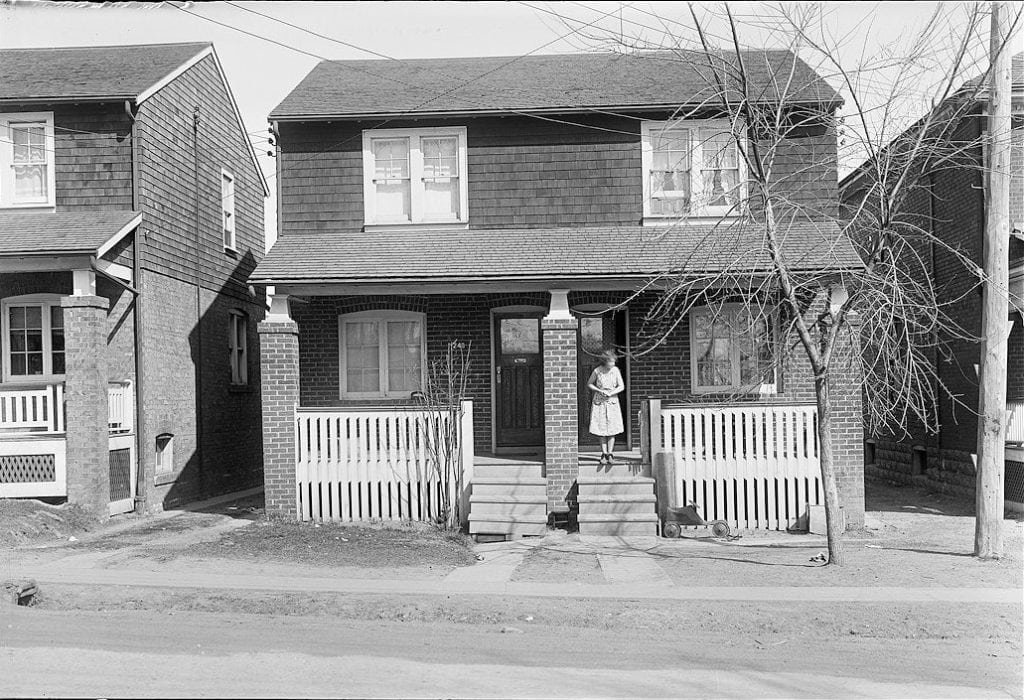The Neighbourhoods
Click below for more about the different neighbourhoods in this area, and some local history, as well…
Lytton Park
Home to beautiful Victorian farmhouses and homes with beautiful center hall plans and gracious rooms. The lots here are generally wide (50+ feet), which lends to the lovely character and beautiful streetscape charm. There are excellent schools, educational resources (like St. Clement’s, Havergal College for girls, and John Ross Robertson Public School), and fantastic restaurants right on Yonge Street.
The oldest home in Lytton Park is still standing today. Built in 1828, the Snider residence is the oldest home in the area (located at 744 Duplex Avenue – which I have been lucky enough to see with my own eyes). This took place all before the Metropolitan Street Railway service began to bring more people, and more homes, to this storied area.
North Toronto
A much more affordable area of North Toronto, the North Toronto neighbourhood proper is filled with pre- and post-war bungalows, semi-detached and detached homes, as well as plenty of new construction projects. North Toronto Collegiate is a highly-regarded secondary school, and lots of new shops and restaurants are coming in to make this area an in-demand enclave for urban dwellers. Yonge and Eglinton, specifically, is exploding with condos and new amenities.
Originally known as the Town of North Toronto, this neighbourhood was annexed in 1912. At that point, and alongside the growth of the Metropolitan Street Railway, North Toronto’s growth increased rapidly to where it is today.
Lawrence Park
The unique element of Lawrence Park is that it resides in both Toronto and North York. For that reason, lots in North York allow for bigger construction projects – with both brick-and-stone and state-of-the-art homes dominating the landscape. Lawrence Park, as part of North Toronto real estate, is desired for its schools: Toronto French School, Crescent Boys School, and Havergal College. The highlight of the area is Sunnybrook Park and Sunnybrook Stables where you can ride horses right in the core of the city.
The plan for Lawrence Park was always to appeal to those seeking a more elegant lifestyle in the city. Advertisements dating back to the early 1900s described Lawrence Park as an “aristocratic neighbourhood” filled with “handsome houses surrounded by beautiful gardens.” The same is as true today as it was back then!
View The GalleryHoggs Hollow
Much of the real estate here is dramatically set on the Don River and is full of landmark properties and custom homes. The streets are curved and winding with several quiet cul-de-sacs. The Don River flows right through the middle of the neighbourhood making for a beautiful natural view and a feeling of an oasis in the city.
The neighbourhood is named after Joseph Hogg, who in 1824 established a whisky distillery and flour mill. After he passed, in 1856 his sons subdivided the land into 141 lots, however only a few homes were initially built and it wasn't until the 1920s that development of the subdivision really took off.
St Andrew-Windfields
A stunning area of custom homes based on traditional styles. There are large mansions and modern homes with asymmetrical design. Many of the homes have dramatic architectural features such as columns, stone arch entrances or turrets. The winding streets only have a few convenient entrances and exits into the neighbourhood, dissuading traffic and promoting a peaceful setting for residents. The area offers some of Toronto's most coveted streets and is home to many of Toronto's finest schools, both public and private. There is terrific access to transit, shopping at Bayview Village, and proximity as well to Toronto's best hospitals.
In 1937, Windfields Farm was founded. It was the former estate of E.P. (Edward Plunket) Taylor, a Canadian businessman, and his wife Winnifred was the one who came up with the name. Windfields Farm was regarded as one of the top throroughbred racing stables in North America, and one famous resident of those stables was Northern Dancer, the first Canadian horse to win the Kentucky Derby. Windfields Estate now houses the Canadian Film Centre.
The Bridle Path
One of Toronto's most prestigious neighbourhoods, this elite area is home to some of the city's most affluent residents. The wide streets are lined with beautiful custom mansions that are inspired by French chateaus, colonial homes, and original contemporary design. There are also boutique condominiums - One Post Road, a French chateau inspired building with a handful of luxury suites, as well as the buildings at Chedington place that feature spectacular ravine views.
Most of the estate owners in this area were equestrians. Therefore, early plans for this neighbourhood area included a system of equestrian bridle paths to accommodate these residents. After the development of the Bayview bridge (see my "Then and Now" series on my blog), the plan for the neighbourhood was reconsidered and the paths were removed from the plans but the name of the neighbourhood and the wide streets are nostalgic of the original design.
Banbury-Don Mills
The style of architecture you'll find here is that of low slung bungalows and brand new custom homes. There are lots of parks scattered throughout the area, including Edwards Gardens, part of the Toronto Botanical Garden. The Don River runs through the neighbourhood, accompanied by several hiking trails. Easy access to downtown via the Don Valley Parkway makes this area an ideal place to live - tucked outside the downtown core but quick access to anywhere in the city.
Banbury-Don Mills was developed after the war in the 1950s, when E.P. Taylor (who owned Windfields Farm) decided to build a brand new self-sustaining town on the 2000 acres that would become Banbury-Don Mills. The idea was to build 4 quadrants (each with a school, church, and a park) with a shopping center (Shops at Don Mills) at the centre. "Canada's First Planned Community" became the blueprint for suburban development and contemporary residential neighbourhoods.
Bayview Village
This neighbourhood is bordered by Finch Avenue East on the north, Leslie Street on the east, Highway 401 on the south, and Bayview Avenue on the west. It was a planned neighbourhood that followed the idea of "We will fit the community into the landscape and not the landscape into the community." The winding streets and cul-de-sacs with many mature trees reflect this. There are many opportunities to access Newtonbrook Creek (an offshoot of the Don River). Bayview Village Park is popular with families and children of all agents. Bayview Village Shopping Centre is a large mall in the south-west corner with more than one hundred high-end shops, restaurants and amenities.
There was a former racehorse training stable and grounds in this area before it was developed. Some of the street names in Bayview Village reference this, for example Citation Drive (Citation was the first racehorse in history to win one million dollars), Palomino Cres (a colour variation in horses), and Bunty Lane (named for Bunty Lawless, a racehorse who was voted Canada's "Horse of the Half-Century"), among others.
Wanless Park
Wanless Park is based around a public park of the same name. It is located around Teddington Park and Lawrence Park, in the corner of Lawrence and Bayview. Many of the homes here were built in the 1930s and 1940s, and the lot sizes are quite spacious.
The neighbourhood was originally a subdivision called Waverley Park, after the Waverley Farm it was built on. In 1931 Wanless Park was created and named after John Wanless, a Toronto alderman and educator, and the neighbourhood was renamed.
Teddington Park
Teddington Park was created by two businessmen, Nicholas Garland and Robert Dack. Robert Dack's grandfather moved from Ireland to Kingston in 1834, opened a shop on King Street selling custom-made shoes (Dack Shoes), and then passed the business onto his son Edward, who passed it onto Robert, his son. Robert expanded the business and did so well that he built a grand country estate near Hogg's Hollow, named Bedford Lodge. He decided to then create a subdivision with his neighbour Nicholas Garland, who owned what is now 17 Teddington Park Avenue, and Robert moved east, out of Bedford Lodge, to 45 Teddington Park Avenue.
Robert sold his original residence, Bedford Lodge, to Wilfred Dinnick, who was the creator of the Lawrence Park development, just south of Teddington Park.
Bedford Park
The neighbourhood was named after the Bedford Park Hotel, which opened in 1873 at the southwest corner of Yonge Street and Fairlawn Avenue. The area was commonly used as a rest point for farmers making their way to the city to sell their goods. In 1890, the Metropolitan Street Railway expanded service to the area, which encouraged residential development. As well, that year Bedford Park amalgamated with North Toronto, which was then annexed by the City of Toronto in 1912, sparking more growth in the area.
3162 Yonge Street at the corner of Yonge Street and Bedford Park Avenue, was built in 1891 as the post office that the fast-developing community desperately needed. It's still standing today - the oldest commercial building in Bedford Park, and you can still see the three original brick arches on the outside.
